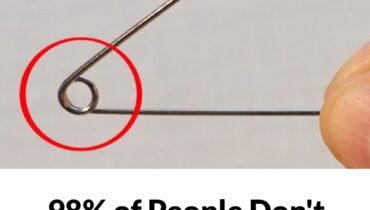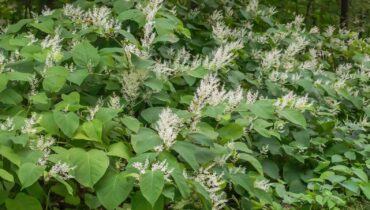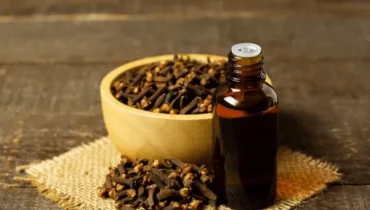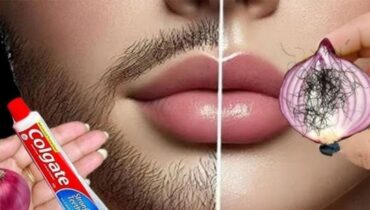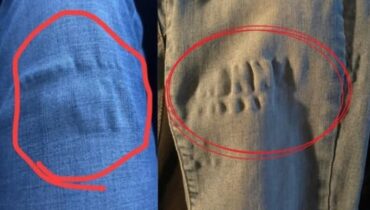📌 This Tomato Pruning Mistake Could Destroy Your Entire Harvest (Most Gardeners Don’t Know)
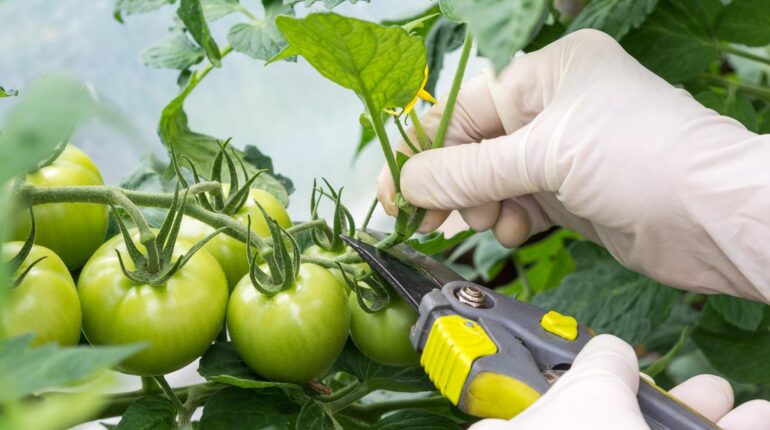
Posted 29 July 2025 by: Admin
Image d’illustration © TopTenPlay EN
Plant Type Misunderstanding: The Critical Difference Between Determinate And Indeterminate Varieties
The foundation of successful tomato pruning begins with a fundamental distinction that many gardeners overlook entirely. Understanding whether your plants are determinate or indeterminate varieties determines every pruning decision you’ll make throughout the growing season.
Indeterminate tomato plants present the greatest pruning challenge because they continue growing relentlessly throughout the season. Without proper intervention, these vigorous growers become dangerously top-heavy, their sprawling vines breaking under their own weight while excess moisture accumulates around the base. Left unchecked, this creates perfect conditions for root rot and pest infestations. However, when properly pruned, these same varieties can reward gardeners with over 15 pounds of fruit per plant – a yield that justifies the extra effort required.
Determinate varieties operate under completely different rules. These plants reach a predetermined terminal bud and stop growing, making aggressive pruning not just unnecessary but counterproductive. Heavy pruning reduces the total plant size, directly cutting into fruit production potential. For determinate tomatoes, gardeners should limit intervention to removing suckers below the first flower cluster – a minimal approach that ensures adequate airflow without sacrificing yield.
This fundamental misunderstanding explains why many gardeners either neglect their indeterminate plants entirely or over-prune their determinate varieties. Both mistakes stem from applying universal rules to plants with distinctly different growth patterns, setting the stage for a cascade of pruning errors that compound throughout the season.
Image d’illustration © TopTenPlay EN
Sucker Management Errors: Timing And Selection Mistakes That Cost You Harvest
The pruning errors that compound throughout the season often begin with a simple oversight: mismanaging the small shoots known as suckers. These seemingly insignificant growths, sprouting where stems meet leaf branches, represent critical decision points that determine your plant’s productivity and health.
The most costly mistake involves timing. Many gardeners notice suckers but delay removal, allowing them to thicken and develop. This procrastination forces the plant to waste precious energy on unwanted growth while creating larger wounds during eventual removal. Small suckers pinch off effortlessly, while mature ones require cutting tools and leave vulnerable entry points for disease pathogens.
Equally damaging is the indiscriminate removal of all suckers without recognizing their hierarchy. The strongest sucker – positioned just below the lowest flower cluster – deserves preservation, not elimination. This robust growth represents your plant’s opportunity to develop a second productive stem, potentially doubling your harvest yield. Removing this powerhouse sucker sacrifices significant fruit production for misguided uniformity.
Poor cutting technique compounds these errors. Jagged tears and unclean cuts create ragged wounds that demand excessive healing energy while providing pathways for bacterial and fungal infections. Sharp, clean tools make precise cuts that heal quickly, while dull equipment tears plant tissue and invites complications.
Each mismanaged sucker represents diverted energy that should fuel fruit development. Plants struggling to heal multiple wounds while supporting unnecessary growth produce smaller, slower-ripening tomatoes that disappoint at harvest time.
Image d’illustration © TopTenPlay EN
Disease Prevention Failures: How Poor Hygiene Spreads Problems Throughout Your Garden
Those vulnerable wounds created during improper sucker removal become disease gateways when gardeners ignore fundamental hygiene protocols. Every cut represents an open invitation for pathogens, yet most home growers move carelessly from plant to plant, unknowingly spreading infections throughout their entire tomato crop.
The gravest oversight involves using contaminated tools and hands. Pruning shears carry diseases from infected plants directly to healthy ones, transforming routine maintenance into systematic contamination. A single diseased plant can infect an entire garden within days when gardeners skip the critical step of sanitizing equipment between plants.
Professional growers understand this threat and maintain strict protocols. They dip pruning shears in 70% isopropyl alcohol after each plant, creating an effective barrier against bacterial and fungal transmission. Home gardeners who ignore this practice watch helplessly as diseases like bacterial wilt and early blight devastate their crops.
Hand washing presents another overlooked risk factor. Contaminated fingers transfer pathogens just as effectively as dirty tools, yet few gardeners pause to cleanse their hands during pruning sessions. Tobacco users face additional dangers, as Tobacco Mosaic Virus spreads readily from cigarettes to tomato plants through unwashed hands.
The final hygiene failure involves diseased clippings. Leaving infected plant material on the ground creates a pathogen reservoir that reinfects healthy plants through soil contamination. Proper disposal – whether through commercial composting or deep burial away from growing areas – prevents this cycle of recontamination that undermines garden health.
Image d’illustration © TopTenPlay EN
Timing And Intensity Mistakes: When Too Much Care Becomes Harmful
Even gardeners who master sanitation protocols can sabotage their harvest through misguided timing and excessive intervention. The very conditions that promote disease spread – moisture and stress – are precisely what poorly timed pruning creates, transforming careful maintenance into plant torture.
Wet weather pruning ranks among the most destructive timing errors. Gardeners who prune immediately after rainfall or watering sessions create the perfect storm for disease transmission. Moisture-laden conditions allow pathogens to penetrate fresh wounds instantly, bypassing even the most meticulous sanitation efforts. Similarly, extreme heat stress during afternoon pruning sessions overwhelms plants’ recovery mechanisms, leaving them vulnerable to insect attacks and secondary infections.
Morning pruning offers the optimal window – after dew evaporation but before temperature peaks. This timing allows wounds to begin healing during moderate conditions, dramatically reducing infection risks while maintaining plant vigor.
Intensity mistakes prove equally damaging. Over-enthusiastic gardeners who remove more than one-third of foliage at once trigger severe plant stress, compromising both photosynthesis and fruit development. This aggressive approach creates the opposite of intended results: reduced yields and weakened plants.
The timing paradox emerges near harvest season. Continued pruning within two weeks of harvest exposes ripening fruits to sunscald, creating unsightly damage and reducing market value. Professional growers recognize this critical transition period, allowing leaf canopy to protect maturing tomatoes from excessive sun exposure.
The delicate balance between necessary intervention and harmful interference determines whether pruning enhances or destroys your tomato harvest.

